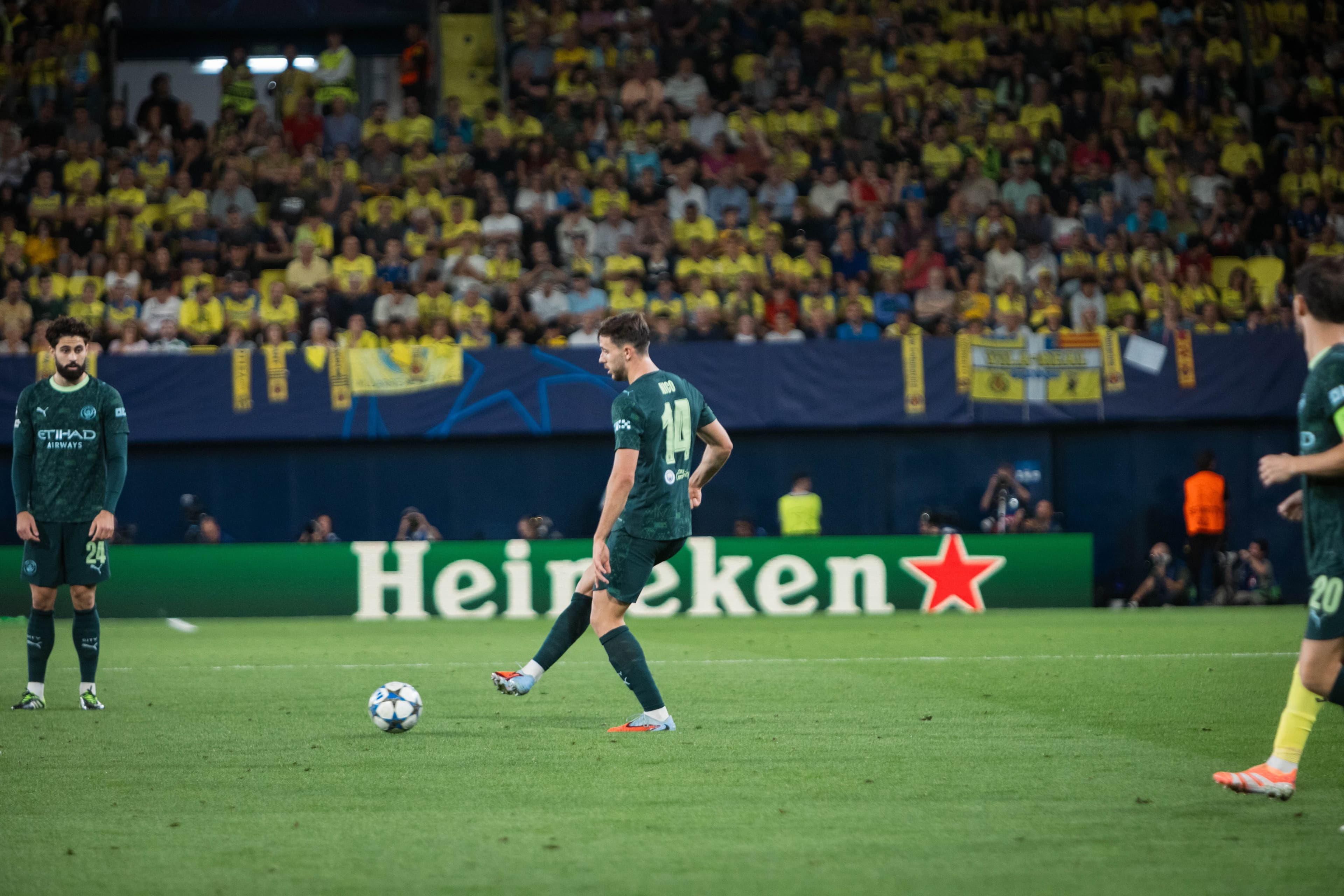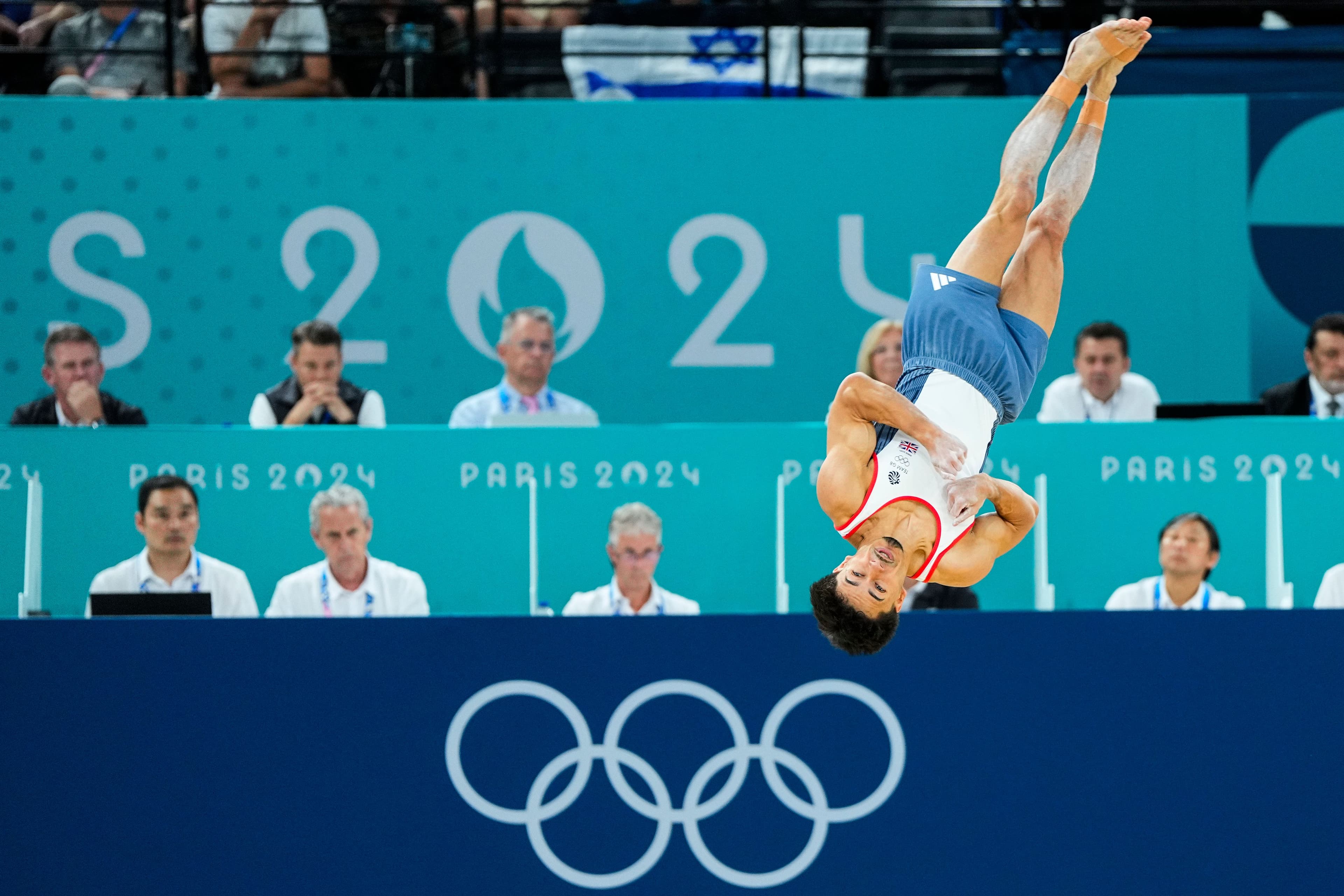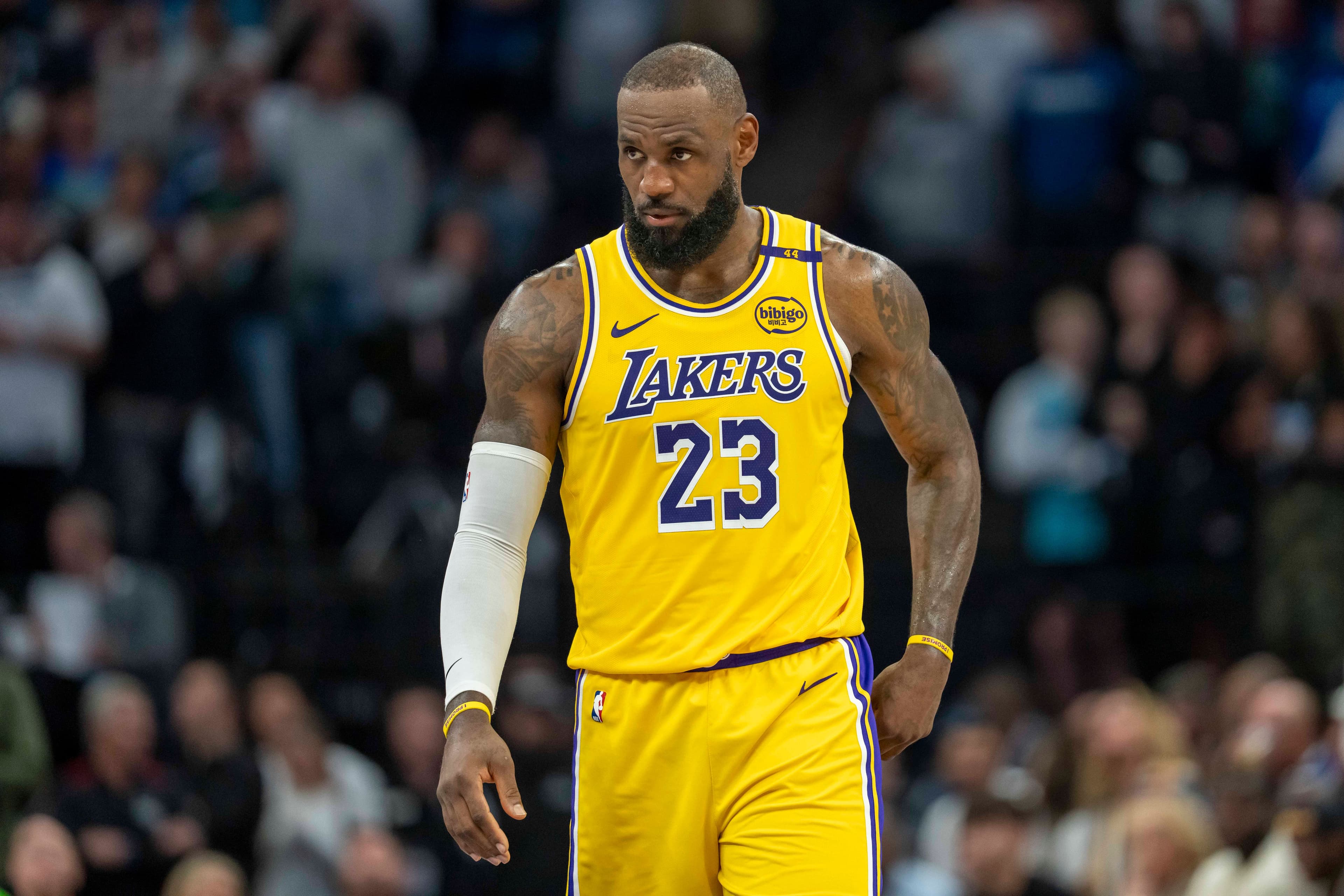The Tour de France, a cycling race generating €150 million annually, positions the Amaury Sports Organisation (ASO) as a clear financial victor. Yet, who else reaps substantial benefits?
More than a sporting event, the Tour is a national celebration in France, comparable to Wimbledon and The Open, but even more grandiose. As perhaps the greatest sports marketing achievement ever, the Tour continues to vaguely promote L’Equipe, the successor to the original publication created to boost circulation back in 1903.
While ASO profits handsomely from the Tour – with estimated revenues surpassing €150 million annually and a 20% profit margin – it also serves as a powerful promotional tool for France. Regional 'departments' in France bid between €80,000 and €120,000 to host significant race segments, with the Grand Départ costing millions. This investment provides a multi-hour broadcast advertisement for the region and significant returns from race tourism. For example, Bilbao spent €12.2 million hosting the 2023 Tour's opening stages, yielding an economic impact of €104 million.
ASO’s guarded finances reflect the significant profits, but who else benefits? It's not the teams, who share a modest €2.3 million prize pool over three weeks. Instead, teams depend on sponsors, who find the investment quite rewarding. Title sponsors often fund about 70% of an elite cycling team’s annual budget, which for major teams can reach €55 million. Hence, naming rights are usually split between brands, although state-backed teams like UAE Team Emirates can skew the market.
Take EF Education-EasyPost, a smaller budget team with an estimated budget of €18 million to €22 million. Assuming a 70% contribution from title sponsors, their commitment would be around €15.4 million. In return, EF Education-EasyPost aims to provide a 10:1 ratio in advertising equivalency for sponsors.
A 2020 study by Relo Metrics highlighted that visible sponsors during the Tour receive nearly 50,000 asset exposures. Sponsorship data from Velo reported that the main sponsor could generate €38 million in branding ad value and an additional €67.4 million in earned media. Even with a cautious approach to these figures, the return on investment for sponsors is substantial.
Our recently published Tour de France Tech Stack details how France Televisions (FTV), the race's host broadcaster, captures every moment of the race, transmitting it globally through a comprehensive array of vans, motorbikes, drones, and helicopters. In 2022, FTV's race audience totaled 42.5 million viewers, consuming an average of nearly six hours of coverage. The Tour reached 150 million viewers and had 715 million hours of live broadcast consumption across Europe that year, offering immense brand exposure.
Among the smartest investments is the sponsorship of the yellow jersey. French banking brand LCL reportedly pays $12 million annually for this sponsorship, representing about 13.7% of the Tour’s annual sponsorship revenue. This investment includes prominent stage presentation branding, top-tier publicity caravan involvement, and positive association with the race leader. LCL's logo placement on the yellow jersey’s side and back is highly valuable during broadcasts.
Relo Metrics found that a podium finish during a mountain stage drives 20,000 exposures, with a strong finish on a flat stage bringing about half that. Sponsoring the leader provides LCL with consistent daily exposure, offering incredible value for their investment. Thus, it’s no surprise that Crédit Agricole-owned LCL has sponsored the yellow jersey since 1987 and extended its contract for another five years in 2023.
In conclusion, while ASO emerges as the primary financial beneficiary of the Tour de France, sponsors like LCL, along with regional hosts and cycling teams' sponsors, gain significant value, making the Tour a multi-faceted financial triumph.






